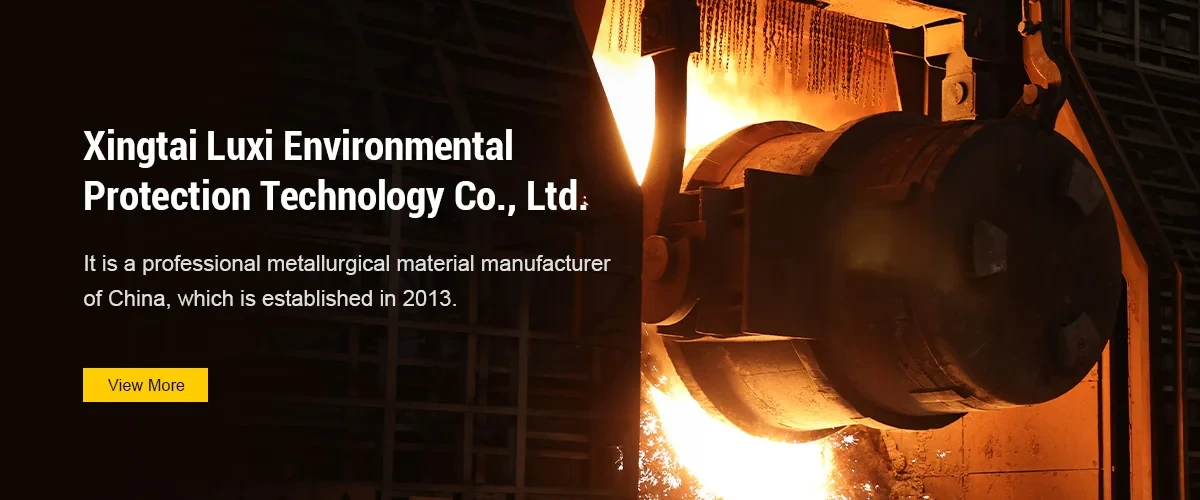Nov . 10, 2024 21:27 Back to list
Thermal Insulation Solutions for Aerospace Applications and Their Impact on Performance
Thermal Insulation Materials in Aerospace Engineering
Thermal insulation is a critical aspect of aerospace engineering, playing a significant role in ensuring the safety, efficiency, and functionality of various aircraft systems. In the aerospace industry, vehicles are subjected to extreme temperatures, ranging from the freezing conditions of high altitudes to the intense heat generated during re-entry into the Earth's atmosphere. Therefore, the choice of thermal insulation materials is paramount for protecting sensitive components and ensuring the structural integrity of the aircraft.
Thermal Insulation Materials in Aerospace Engineering
Traditionally, materials such as fiberglass and mineral wool have been used in thermal insulation applications. However, as the aerospace industry advances, there is a growing demand for innovative materials that can provide enhanced thermal protection. One of the promising new materials in this field is aerogel, known for its exceptional thermal insulating properties. Aerogels are highly porous substances, composed mostly of air, making them one of the lightest solid materials. Their unique structure results in an ultra-low thermal conductivity, making them ideal for applications where space and weight limitations are critical.
thermal insulation materials aerospace

Another cutting-edge material is phase change materials (PCMs). These substances absorb and release heat as they transition between solid and liquid states. By integrating PCMs into the thermal management systems of aircraft, engineers can maintain stable temperatures within specific components, reducing the strain on thermal protection systems. This capability is especially useful in managing the varying temperatures experienced during different phases of flight, contributing to overall energy efficiency.
In the context of space exploration, materials such as multilayer insulation (MLI) are commonly used. MLI consists of numerous layers of thin, reflective materials that create a barrier against heat transfer. The effectiveness of MLI in minimizing radiative heat transfer is critical for spacecraft, which must endure the harsh thermal environment of space. This type of insulation is lightweight and customizable, making it suitable for a wide range of applications, from satellites to deep-space exploration vehicles.
As the aerospace industry continues to evolve, the integration of advanced insulation materials is becoming increasingly important. Renewable energy sources and sustainable design practices are now significant considerations in aerospace engineering. The use of environmentally friendly materials that provide effective thermal insulation can help reduce the overall carbon footprint of aircraft, aligning with global sustainability goals.
In conclusion, the role of thermal insulation materials in aerospace engineering cannot be overstated. As the industry faces new challenges in terms of efficiency, safety, and environmental impact, innovative materials such as aerogels, phase change materials, and multilayer insulation are leading the charge toward enhanced performance. The ongoing research and development in this field will not only advance aerospace technology but also contribute to creating safer and more sustainable flight options for the future. As we push the boundaries of exploration, the materials we choose will undoubtedly play a pivotal role in shaping the next generation of aerospace vehicles.
-
Eco-Friendly Granule Covering Agent | Dust & Caking Control
NewsAug.06,2025
-
Fe-C Composite Pellets for BOF: High-Efficiency & Cost-Saving
NewsAug.05,2025
-
Premium Tundish Covering Agents Exporters | High Purity
NewsAug.04,2025
-
Fe-C Composite Pellets for BOF | Efficient & Economical
NewsAug.03,2025
-
Top Tundish Covering Agent Exporters | Premium Quality Solutions
NewsAug.02,2025
-
First Bauxite Exporters | AI-Optimized Supply
NewsAug.01,2025
